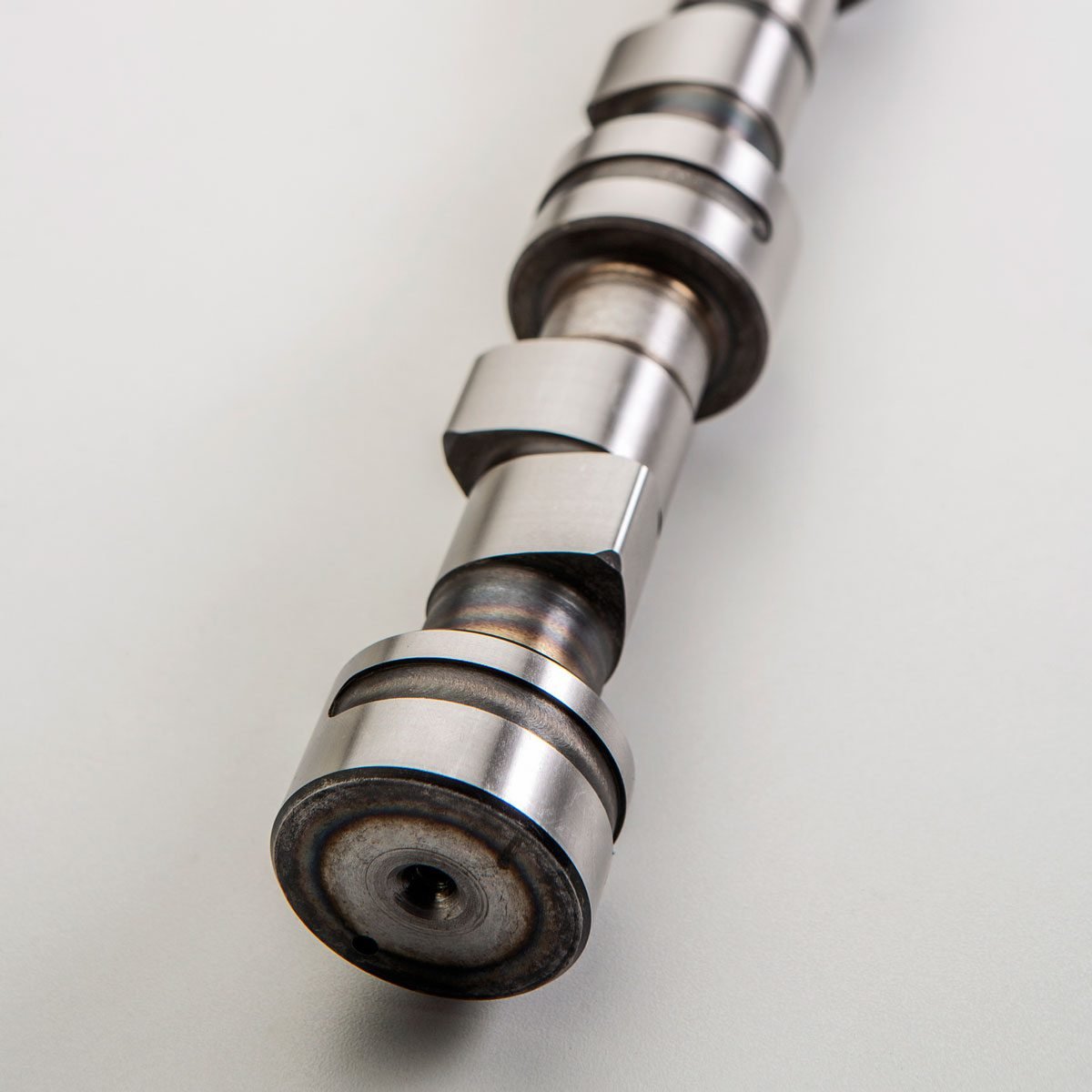A glowing check engine light, stalling, poor acceleration and bad fuel mileage are all possible signs your camshaft position sensor may be failing.

Symptoms of a Failing Camshaft Position Sensor

Gone are the days of carburetors and distributors, replaced by a variety of sensors that help a car’s computer get the maximum performance out of the engine. A camshaft position sensor (or any sensor) can fail due to wear-and-tear or an accident. Here’s what you need to know.
On This Page
What Is a Camshaft Position Sensor and What Does It Do?
A camshaft position sensor is an electronic device that does what it suggests — monitor the camshaft position and speed — and feeds that data to the vehicle’s engine control module (ECM). The ECM needs this data to control how much fuel enters the combustion chamber and ignition (spark) timing to ignite the fuel. When the air/fuel mixture is ignited at precisely the right time, engine power and fuel economy increase, and tailpipe emissions decrease.
On modern auto-start/auto-stop engines, the camshaft position sensor determines which cylinder is in its power stroke relative to the crankshaft position, delivering fuel and spark to start the engine when you step on the accelerator.
A bad camshaft position sensor may give you a warning before it completely fails and leaves you stranded.
What Are the Symptoms of a Bad or Failing Camshaft Position Sensor?
1. Check Engine Light Comes On
The most common indicator that the camshaft position sensor is failing is a lit Check Engine light.
OBD II (on-board diagnostics II) systems efficiently monitor vehicle hardware and software and can detect part deterioration that causes imperceptible performance changes before a part completely fails. Although you can connect to the ECM using a DIY scan tool to try and diagnose the problem, it’s best to take it to the pros when the Check Engine light illuminates. Ignoring the Check Engine light can lead to expensive engine or transmission repairs.
2. Poor Drivability
A failing camshaft position sensor begins losing its ability to quickly transfer data. Mismatched fuel delivery and ignition timing, even if off by a few milliseconds, will cause your vehicle to sputter, accelerate poorly, lack power, stall or even shut off.
3. Transmission Shifting Problems
Data received by the ECM from a failing camshaft position sensor can keep transmission shift solenoids from operating and gears from shifting. Called “limp-home-mode” on some models, it helps protect the engine from damage by restricting engine speed.
4. Bad Fuel Economy
Inaccurate camshaft position sensor data can keep fuel injectors open too long, forcing excess fuel into the combustion chamber. This also can cause engine knocking and serious damage if too much liquid gasoline (which does not compress) builds up in the combustion chamber.
What Will Happen If I Ignore a Bad or Failing Camshaft Position Sensor?
If you ignore the symptoms listed here and your camshaft position sensor fails, your vehicle will not start. As a camshaft position sensor weakens, so does the data it transmits to the ECM. Eventually the data signal becomes so weak the ECM switches off fuel and spark delivery, and your engine will not start.
This is only a frustrating inconvenience if it happens while your car is parked, but it can be a dangerous situation if your car shuts off while you’re driving.
When your vehicle doesn’t run like it used to, or the Check Engine light is on, the camshaft position sensor may need to be replaced. Eventually your engine will stop running if you disregard these symptoms.




















